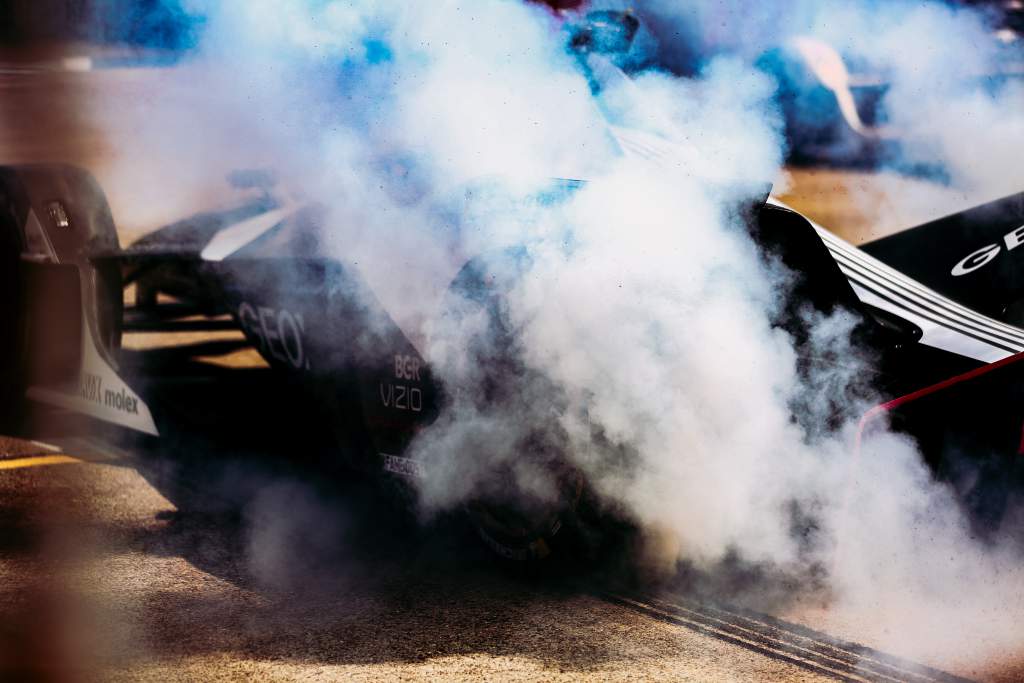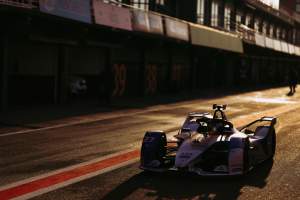The term ‘spec racing’ has been much maligned over the years as single-make racing grew to become an inevitable structure for not only junior racing but also senior and established categories such as IndyCar and Super Formula.
Commercial purpose and necessity has inevitably overridden the nostalgia-tinted appetites of multiple-constructor, multiple-manufacturer power games that sent pulses racing but costs spiralling.
Formula E has a happy medium. Let’s call it semi-spec.
It’s a structure that has embedded a pile-driven permanent strut into its technical roadmap.
Formula E has developed from a rudimentary Gen1 wholly-spec package to the introduction of the open-powertrain format from the second season onwards.
Now we have Gen2 which began in 2018, and will metamorphose into Gen3 next year.
But in this period when news about who’ll make the spec parts for Gen3 keeps coming through, what are Formula E’s host of manufacturers actually allowed to design and develop themselves?
The chassis, battery, bodywork (aero), tyres and major ancillary parts are all supplied to teams as specified by the FIA’s tendering process with companies, in the case of Gen2 such as Spark Racing Technologies (chassis – mostly designed by Dallara), McLaren Applied/Atieva (battery) and Michelin (tyres).

This forces the teams to focus on developing what the championship deems most important: the powertrain cluster that incorporates the MGUs, inverters and gearbox and is free and open to registered manufacturers. There are currently 10 of those: Mercedes, Audi, BMW, DS, Porsche, Jaguar, Mahindra, Nissan, NIO and Penske Autosport.
The reasons for Formula E employing this structure are clear. It is cost-effective in managing budgets and it is a policy which will stretch deep into the present decade. That is when new batteries and powertrain specifications will arrive as Gen3 takes hold.
Slimming the cars down and enhancing the power will be the most notable changes for the next-generation rules. But more rear axle regenerative braking, in-race recharging and frontal powertrains will also bring a new look and feel.
The key for Formula E is that the racing technologies must be mirrored by what is happening in the EV industry and lead future mobility, particularly in urban environments.
The beauty of the Gen3 solution is that EV world relevance will be provided by the same bedrock of semi-spec racing with homologated cars (for two seasons at a time now though) and a basic technical framework that is proven to work.
In Formula E, the manufacturers have to complete several loading tests and a 90-page document, which includes submitting multiple component drawings as part of a homologation process. This proves conformity to the regulations, crash worthiness and electrical safety, and details all the componentry that will be raced on the cars.
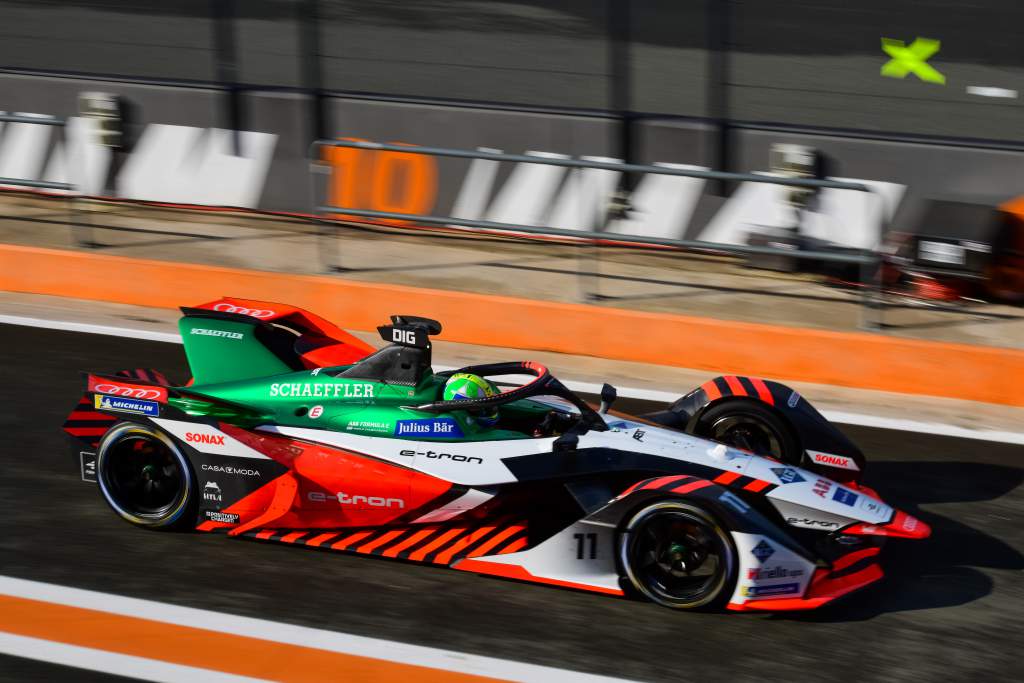
This document is then followed up by a final rubber-stamp inspection at the FIA’s headquarters in Valleiry France, where several of the dimensions, masses and fail-safe procedures are checked against the homologation document.
With the cars being homologated in this way, the FIA can check any number of things such as the differential, wishbone, ballast plate, etc at the end of a race. The FIA officials will go to the homologation document and the physical components have to be within very small tolerances of the values declared perhaps seven or eight months previously.
So, if there is all this spec stuff, surely it’s easy street for the engineers and mechanics working on the cars, right? The answer to that is a resounding ‘no’.
The mechanical puzzle
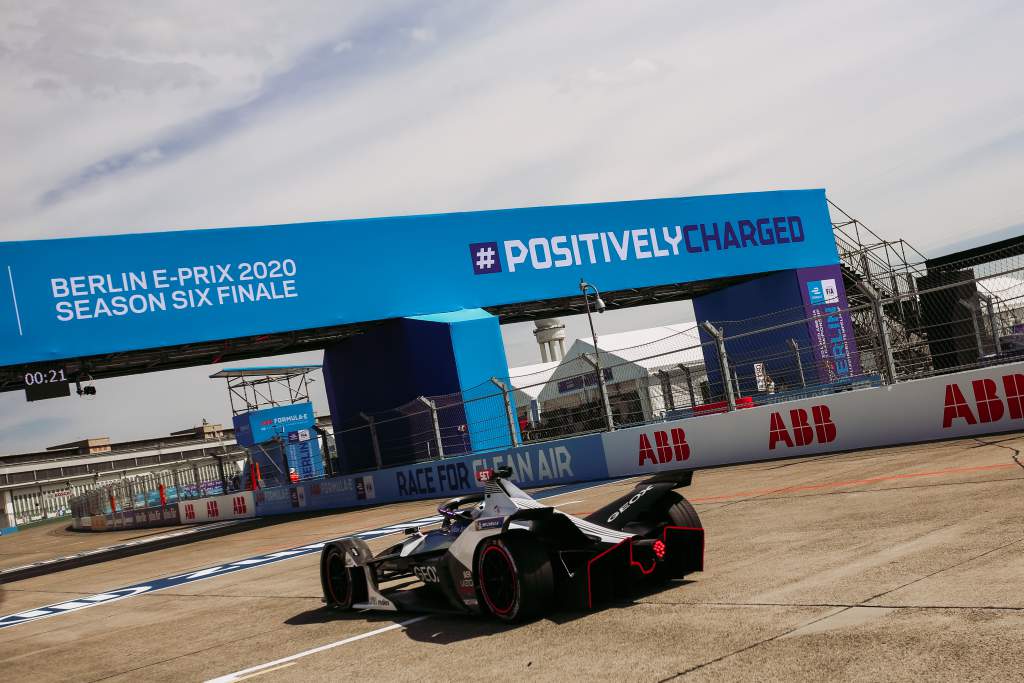
To answer in more detail, let’s talk about the mechanical bits first then move to the control systems.
The suspension on a Formula E car is fixed by the regulations to be quite simple. However, it has a bigger performance sensitivity than it does in F1 for example, where aero is more dominant.
In fact in Formula E, good ride over track undulations is critical to keeping the tyre in contact with the road on the often-bumpy street tracks. Ensuring excellent vertical dynamics from the car’s suspension is also key to give the driver more confidence to brake late on those bumps – especially as walls are usually quickly approaching.
There’s no assistance for the drivers on steering and you’ll know you have met a Formula E driver by their iron grip handshake. In fact there’s no hydraulics on a Formula E car at all.
The biggest difference, operationally from Formula E to F1 in particular, is that there’s no aero development. This is fixed throughout the season with rigid aero-parameters and fixed bodywork.
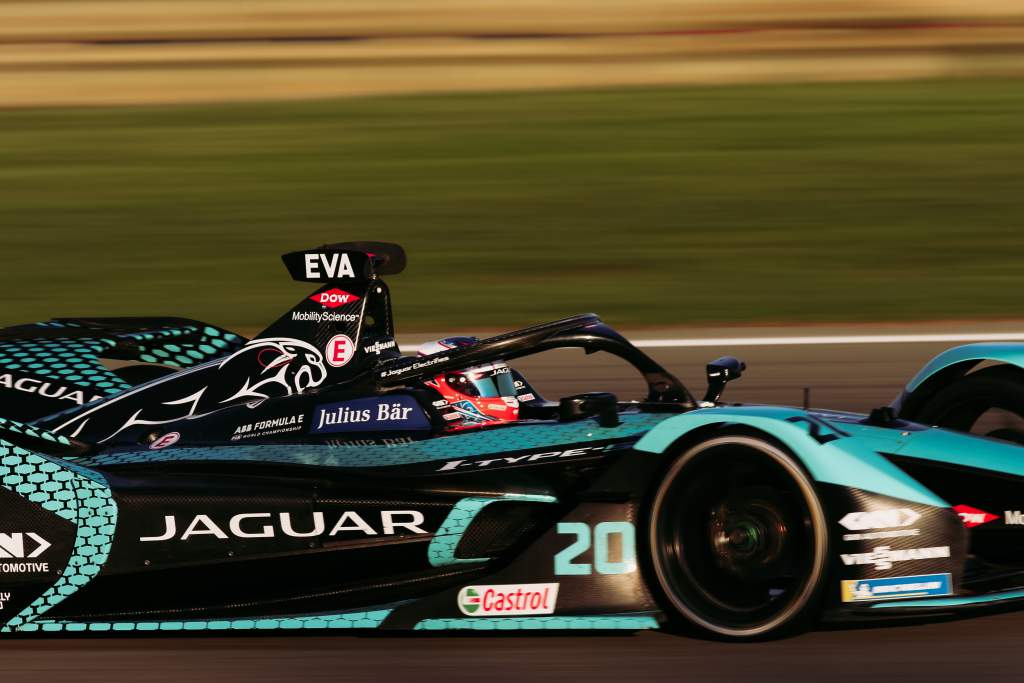
What it means for technical chiefs, like Jaguar’s Phil Charles, is that the car is very mechanically driven and exceptionally challenging to work with, both for engineer and driver.
“The suspension is simple, but because the aero isn’t such a big factor, the suspension becomes a much bigger one,” Charles tells The Race.
“It means that the engineers and the drivers have to be really aware and clever in the way that they mechanically set up the cars.”
Additionally, the power electronics are “just off-the-chart awesome,” according to Charles.
“I’ve done several seasons [of Formula E] now. In the early months I was amazed at how quickly I was having to park a lot of my F1 aero knowledge in favour of learning as quickly as I can about motor design, inverter design, control systems, power electronics – all of which is developing at light speed in Formula E.”
Unfortunately Charles can’t detail too many specifics because of IP concerns but he does affirm that the power electronic and motor inverter side of things in Formula E is “rapidly evolving, it’s really interesting and it’s really pushing new bounds on vehicle technology right in front of us”.

While comparisons with F1 are mostly disingenuous, actually a few are useful – if slightly abstract in assessments.
In F1, teams are spending a lot of time evolving around the regulations, whereas in Formula E engineers are evolving around the latest technology.
“I regularly go and visit universities to see if there are new young people with clever ideas and then we see if they fit in within the regulations!” says Charles.
“Because we are literally grabbing those new ideas as hot as they can be off the press and as Formula E itself has direct road applicability; the work we do to turn that new technology into more powertrain efficiency means it gives a very rapid path to that new technology featuring in the next Jaguar road car.”
A software battle

The final big difference, compared to F1, is that the software is completely open in Formula E.
In F1 McLaren Electronic Systems Ltd supplies the data logger and the ECU’s software is fixed.
“In F1, the teams can play with some mapping, but pretty much there’s a menu inside, the ‘MESL software’ essentially has tick boxes: ‘do you want this? Or do you want that?’ There is a relatively simple framework there,” says Charles.
In Formula E the engineers can code all of that themselves giving full freedom to really push and make the most of the control of the powertrain. It’s free development and known in the paddock as ‘the software push’.
F1’s aero and CFD wars are the equivalents of Formula E’s software battle and the pursuit of perfection is equally thrilling in a technical sense.
“Pretty much everything that we work away on is making our powertrain more efficient. Plus it is such a clear development path that you can literally come up with a new idea or process on a Tuesday and it can be in the Formula E car the next race weekend. That for me is really exciting,” says Charles.
Why it’s ‘so different’ to F1

To directly compare stats of F1 cars to Formula E cars is not giving Formula E the merit it deserves. Both from a technological point of view but also as a measure of the ‘goodness’ in the racing itself.
That is not and should never be the point as the two are so diametrically opposed.
In fact the differences are so great that they are almost completely alien to one another, as Charles explains.
“If you take F1 in qualifying, it is truly ultimate car performance on a single lap, it’s aero, powertrain, driver, tyre usage, in that order, then lots of smaller bits, control systems etc. beyond that,” he says.
“In Formula E it’s so different. Firstly the driver is a much bigger part of the overall laptime. In F1 if you haven’t got great aero, it doesn’t matter what driver you’ve got in the car, you can have Lewis Hamilton, you still don’t win the race.
“It’s different in Formula E: If you take a good driver on their day, they can qualify on pole in most of the cars on the grid.
“It is a combination of factors that makes that the case. Partly because the championship is power-limited, the cars are easy to make mistakes driving them and probably, most significantly, because the framework of the regulations limits development in certain areas.

“For example, there is not a parameter as sensitive as the aero differentiator in F1. In fact, the items on the car that we can differentiate on are relatively equal and are often linked together – so you can move mass, efficiency and packaging around – but you can’t often easily win on all of them.”
This is also illustrated in the energy management process in the races, which is linked to the setting up of the brake systems, where teams have special codewords or names for the settings that they’ve got.
In the races the teams can change the way that the control system uses regen under braking, and that can shift the brake bias. There is also a blending element on how drivers either use hydraulic brake or regen brake on the rear axle.
This directly impacts braking performance, car balance and energy recovery. For example it impacts the way the differential works, “so the end of braking you want to regen as much as you can for energy, but there’s a balance to be had,” says Charles.

“If your braking blend is more hydraulic, you are not putting as much torque through the differential and the differential doesn’t lock as much as if you are braking fully through the motor pulling in reverse, it puts a torque through the diff and the diff starts to lock.”
There is a similar balancing act at play when the drivers pull the regen paddle before braking with the pedal.
“It is often most energy efficient to pull the regen paddle on its own first as much as you can before braking with the ‘normal’ brake pedal as well – if you still need to,” explains Charles.
“Braking just through the motor on the back axle doesn’t slow down the car as quickly as both axles braking – but the front axle dumps that energy into heat in the brake material and that isn’t going into the battery like it does on the rear.
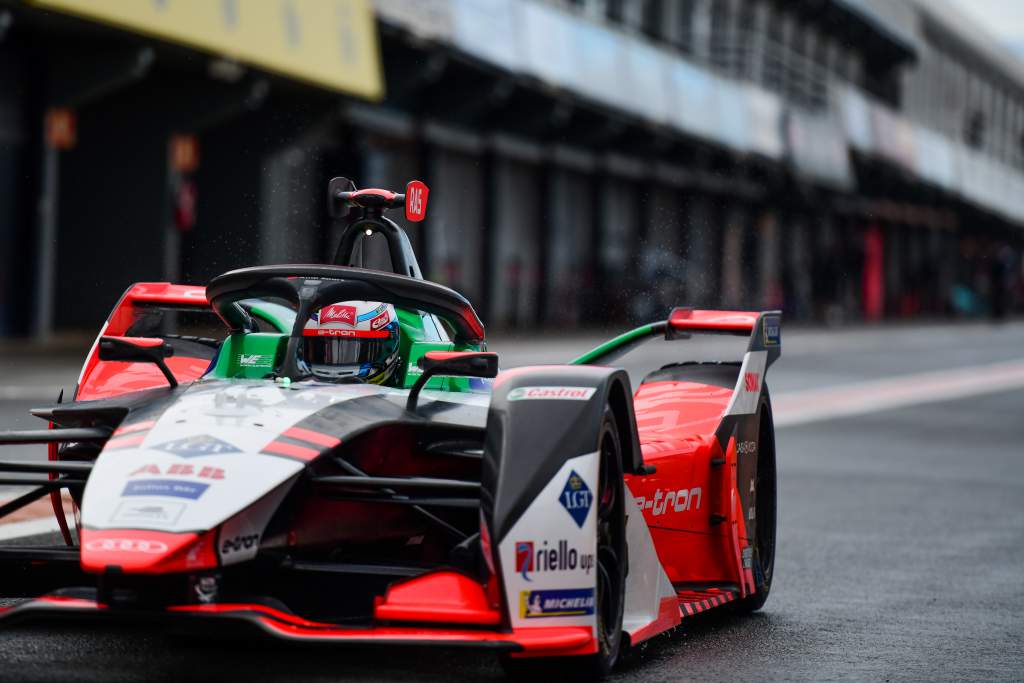
“The drivers can adjust the amount of torque that you are applying when you pull the regen paddle at the start of braking, that’s something simple you can move up and down.”
Quite often drivers can be heard on the radio complaining that the regen’s too aggressive, when they are pulling the paddle and subsequently locking the rear axle very quickly.
That’s something that can upset the car, effectively under-rotating the rear tyre and making the car unstable under braking.
Adjustments on the go
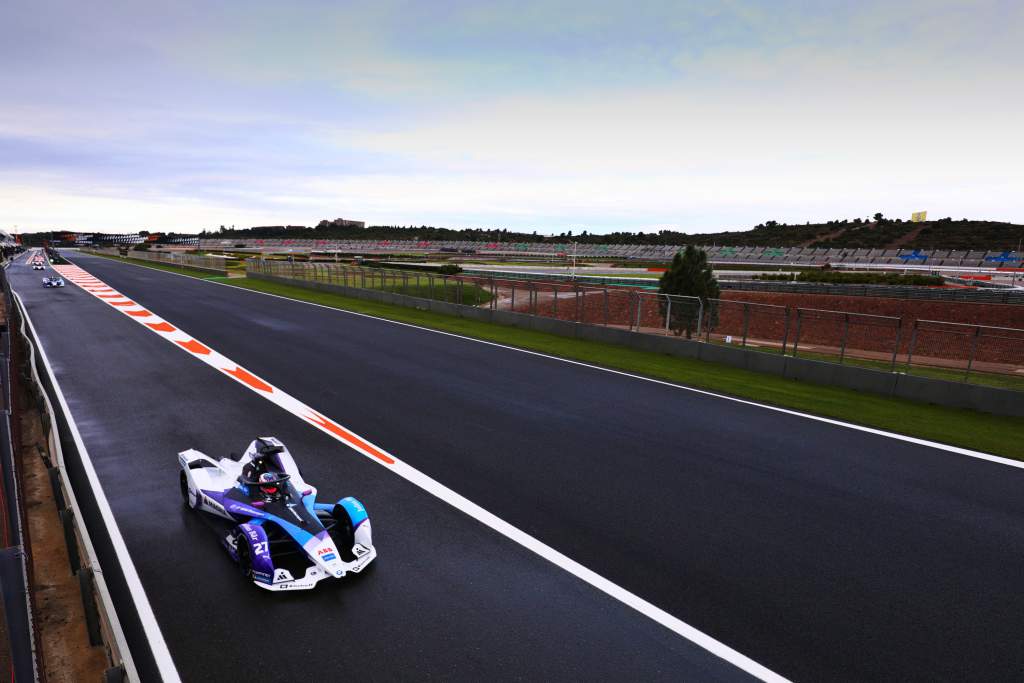
Though dicing with 23 other adrenalin-fuelled professionals on a narrow, bumpy street track while continuously communicating with your engineer would be challenging enough, it’s actually only a part of the fun!
“The drivers have lots of ability to play with settings as you go through the race,” says Charles.
“The control systems, the software and the steering wheel dash display have to be built around giving the driver an easy understanding of where they have the car currently set and an ability to easily adjust it.
“So from our two simple examples – if they are struggling under braking and the rears are under-rotating, or the diff is staying locked into the corner giving them understeer, they need to be able to quickly take stock and adjust the car before someone dives up their inside and snatches the lead off them.”
It’s akin to tap dancing while reciting the alphabet in Greek and juggling three vases, and it is why the idle notion that Formula E is just a semi-spec showbiz formula is so very far wide of the mark.


